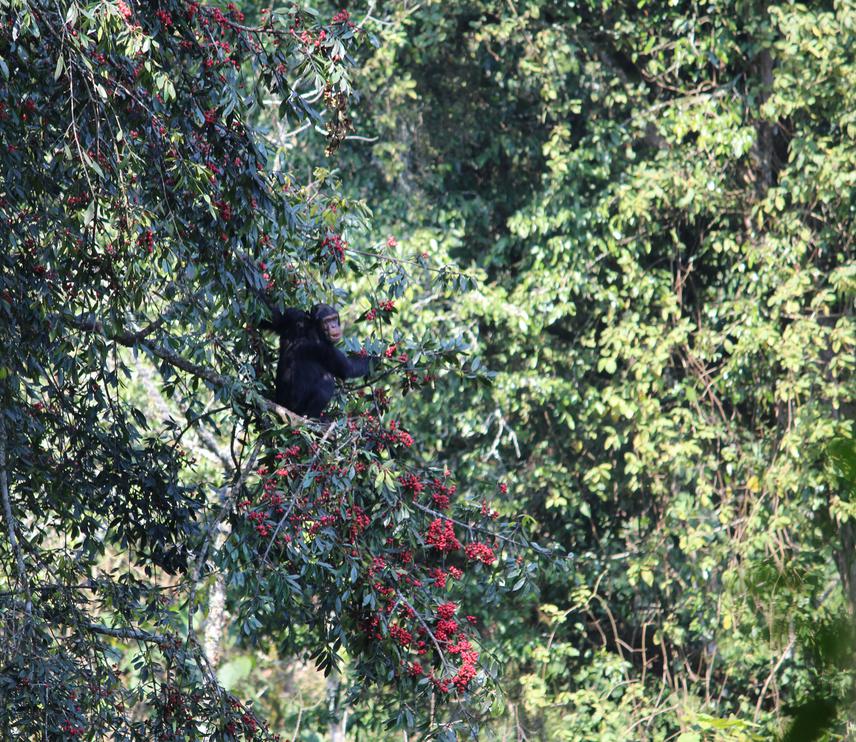Enathe Hasabwamariya
The main goal of this project is to document the impact of forest edges and human activities on chimpanzee’s distribution. Specifically, to 1) assess the use of forest edges by chimpanzees, 2) determine factors that influences chimpanzee’s use of forest edges, 3) determine the influences of human activities on the ranging patterns of chimpanzees at forest edges

About 60% of the world’s estimated 660 primate taxa are threatened with extinction, and more than 75% have declining populations due to human pressure (Estrada, 2017). Growing human population and the resulting anthropogenic pressures such as habitat fragmentation are the strongest threats to primates living in tropical forests. Current studies have shown that long-term deforestation is responsible for 46% of fragmented tropical forests (Estrada, 2017). Nyungwe National Park (NNP), a tropical montane forest in Rwanda, has a population of chimpanzees which face several challenges including hunting for bush meat, forest fires, buffer zone management and crop raiding; and much of this occurs at forest edges (Crawford, 2012). Considering that Nyungwe is surrounded by very high human population density, there is a need to understand how people and chimpanzees interact for effective conservation. The main objectives of this research are to assess the use of forest edges by chimpanzees, and determine the influences of human activities on chimpanzee ranging patterns. During this study, transects perpendicular to forest edges will be set to assess the use of forest edges.
Vegetation sampling will be done to record chimpanzee’s food and nesting trees distribution along forest edges and forest interior. To determine the influences of human activities on chimpanzees ranging patterns, transects parallel to edges will be set outside the forest to compare their use of areas adjacent to human activities and areas far from human activities. I expect that chimpanzees will use forest edges more than forest interior, following food and nesting trees availability. Due to potential increase in food resources along anthropogenic forest edges, I predict that chimpanzees will exhibit higher abundance near human activities.